‘Basic Keto Food and Meal Prep: Regardless of which diet or nutritional plan you are on, food and meal prep can make a HUGE difference in your overall success! Adding even a few of these tips into your weekly routine will not only help save time during the week, it will also help you stay on track with your diet!’
If you have followed my blog and social media for even the shortest length of time, you will know I am a HUGE fan of food & meal prep. As a work from home mom and someone who is also chronically ill, its extremely important that on my better days when I have the time I get a nice little stock pile of food I can grab in a pinch. Now that I have moved to a ketogenic diet, I’m finding that food prep is even MORE important.
In some ways keto can be seen as extremely restrictive, but I actually find that to be the opposite case (on most days anyways). In many respects keto is a lot easier to do each day because it SO much more simple. With most nutritional approaches including the “standard american diet” or even with flexible dieting (IIFYM), food choices and meals were vast. Anything and everything goes when it comes to food and macros, so when it comes time to prep for the week it can get pretty damn overwhelming to most people. Everything at the store and in your kitchen are so readily available and all of the time. How do you narrow things down when there are thousands and thousands of things in front of your face AND you have no idea what you should/shouldn’t eat?
Now carbs are plentiful in our society and can found in nearly every single food on the planet. However on keto, carbs are the biggest restriction and usually kept under 20-25 grams (NET). The majority of people you will see doing keto actually limit their carbs even further and stick to meals that consist solely of cooking eggs in butter, full fat bacon, buttery fatty filled coffee (bulletproof), tons of mayo and every cheese product available, and then steaks drowned in butter for dinner. Fat and protein with little emphasis made on any micronutrients whatsoever. However, someone like me who is taking a highly nutritional/medical approach to keto… my carbs are coming strictly coming from vegetables (6-9 cups). So when you basically cut out an entire macronutrient AND you have to further limit yourself to the lower carb/low glycemic veggies, yeah, eating becomes a bit “easier” to do. Lots less food options to think or worry about.
Food and meal prep has helped me during my keto transition immensely, especially during the first few weeks when I was learning what foods I could and couldn’t eat anymore, how my body would react to things I was trying to eat, and where my carb threshold would be. On keto, protein is a goal (although much lower than on a standard american diet or bodybuilding diet), carbs are a limit, and fat is a lever (for the most part anyways in those seeking weight loss which is NOT me which is why I aim for 180 grams EVERYDAY). So I kept my weekly food prep simple, quick, and easy. Nothing fancy, nothing extravagant. Just REAL food I could grab and eat or heat up/cook quickly.
First, my fat sources I keep on hand at all times since thats the highest macronutrient I have (75-80% of my entire diet). Go to daily options include:
MCT Oil
(14 grams of fat per serving= 1 tablespoon)
(I typically have about 1 tablespoon a day of this… do NOT overdo MCT oil and work your way up in servings SLOWLY at 1-2 tsps at a time, increasing each day. Because MCT oil bypasses the majority of digestion, it goes straight through you… literally if you know what I mean :))
Coconut Oil
(14 grams of fat per serving= 1 tablespoon)
(I take/use anywhere from 3-4 tablespoons a day of coconut oil. I either blend it up in my tea for a tea latte or cook/bake with it.)
Ghee
(5 grams of fat per serving= 1 tsp)
(On any given day, I’ll have anywhere from 4-6 servings. 1 to 2 servings in my morning decaf coffee or tea, 1 to 2 servings to cook with or top veggies with, and 1 to 2 servings at night in my tea latte. Because I don’t do dairy at this point, this is the “butter” I use and have fallen in love with… SO rich and has a very unique flavor profile. )
Beef Tallow, Duck Fat, and Pork Lard
(14 grams of fat per serving= 1 tablespoon)
(Never in a million years would I expect to not only use these in my cooking, but actually love them! They are my first choice for saute’s and stir fry’s. I have anywhere from 1-2 tablespoons a day. Duck is the most mild in flavor and usually what I use in my first meal of the day.)
Olive Oil
(14 grams of fat per serving= 1 tablespoon)
(I have about 1-2 tablespoons a day of olive oil. It’s my go to option for salad dressings and roasting vegetables.)
Avocado Oil
(14 grams of fat per serving= 1 tablespoon)
(If I’m not using olive oil for cooking, I’m using avocado oil. Because its more optimal at higher temps, this is my go to fat for sautéing anything and everything.)
And last but not least:
Fattier Choices For Meats
On a standard diet, we are taught that leaner cuts of meat like chicken are the best for you. However, on keto the opposite holds true. Yes, people on keto will still eat chicken because its delicious, can be found anywhere, and is extremely versatile but not entirely optimal for this way of eating. Its such a lean protein and on keto you are NOT also filling up with a pairing of heavy carbs, I have found that when I do eat it I have to actually add a lot more fat to my meal to stay satiated. If I eat something like a chicken breast with a side of veggies, I may initially feel full BUT within 20-30 minutes I will be starving again. If I do eat chicken now, I’m finding that I need to add a lot more fat to my meal by way of olive oil, avocado oil, ghee, etc. to ensure I stay fuller, longer.
My new go to keto proteins are:
- grass fed beef (steaks, ground, roasts) & ground bison
- grass fed pork (ground, chops, roasts)
- grass fed ground lamb
With the fat sources now explained, lets get to what a typical food prep looks like for me. Certain things are staples that I do each and every week and other things I rotate around.
LEMON WATER
FRESH lemon juice is great for many things including:
- digestion- tricks the body into producing bile which helps keep food moving through the digestive track
- vitamin C- a wonderful antioxidant that helps the body to keep producing collagen which is vital for hair/skin/nails, helps protect cells from oxidation, stimulates white blood ell function and immunity
- mood & energy- once the negative charge in lemons hits our digestive system, it helps boost energy levels naturally
- high in potassium- balancing this mineral is HUGELY important to those on keto
- can help prevent kidney stones- raises citrate levels in the urine which protects against calcium deposits
- can help with weight loss (if thats your thing)- high in pectin which will help keep you fuller, longer
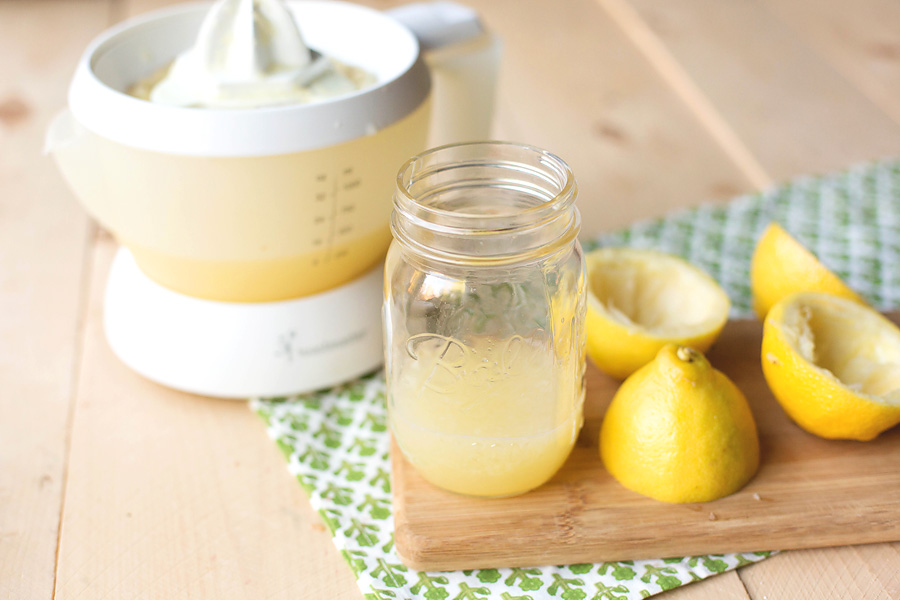
Up until about 3 weeks ago I would wake up in the morning, slice a lemon in half and squeeze it into my Hydroflask. Then it dawned on me… why don’t I just do a big batch? Duh!!! So much easier now to juice 4-5 lemons at a time on my electric juicer, put it in a mason jar, and store in the fridge. Juicing lemons is now officially a part of my weekly food prep routine.
I start EVERY single morning off with 40 ounces of water mixed with about 1/2 of a freshly squeezed lemon, stevia, and 10-15 drops of trace mineral drops:
These trace mineral drops are fairly new to my daily routine. I added them in about 2 months ago when I was becoming keto adapted and am kind of kicking myself for not knowing about them sooner. Minerals are essential to our bodies and how they function. The top ones are iron, potassium, magnesium, zinc and calcium. Ideally these minerals should be obtained through food, but the problem is that our soil is so depleted now. Its also pumped full of pesticides. Using these drops just helps boost and restore what I am not able to get through food.
RAW, SOAKED, and SPROUTED NUTS
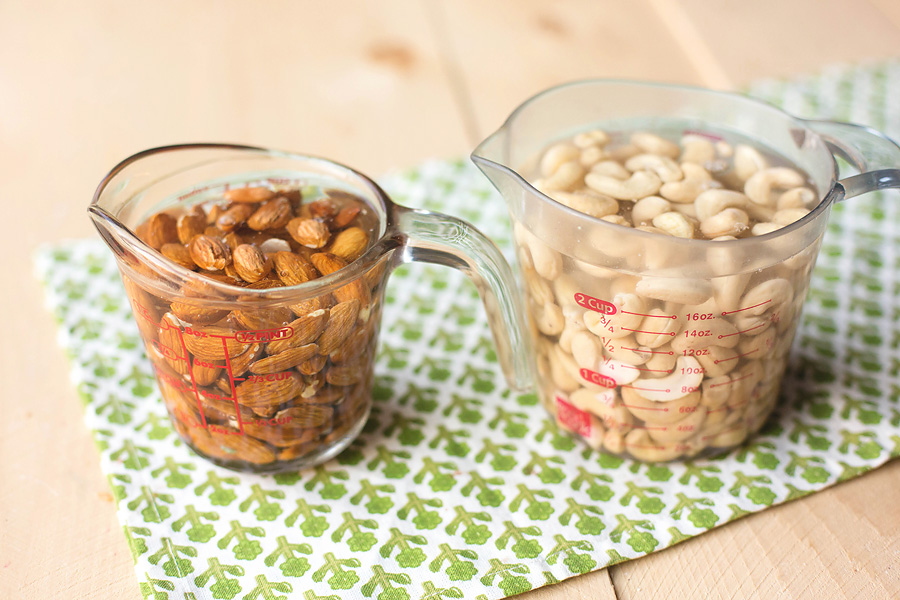
While I don’t find myself eating whole nuts too often anymore (generally too high in carbs for keto), I do like to grab a few here and there to snack on. Soaking and sprouting nuts will help reduce the amount of phytic acid & neutralizes their enzymes (making it easier for the body to absorb the minerals/nutrients, increases the levels of B vitamins, and helps neutralize any toxins on the nuts from processing. This is hugely important for those with autoimmunity and inflammation issues!
I soak them overnight, then dry roast or dehydrate them, and they get used for snacking, grinding, or whatever recipes I may be making! I also make it a point to rotate the ones I’m using. Almonds and macadamia are staples that I use everyday, but rotate the others like cashews and pecans. I turns out I’m sensitive to walnuts and highly highly sensitive to brazil nuts so I stay completely away from them at all costs… the less inflammation in the body, the better!
VEGETABLES
One of the most important aspects to my Wahl’s/nutritional ketogenic approach! Getting the 6-9 cups of very low carb veggies is what is helping to change and create new HEALTHY cells in my broken body. I was always good about eating them though, luckily I love them and have for many years. The one thing I want to note about my vegetable food prep is that I try to rotate them each week. Why? #1 it helps prevent me getting bored of my meals and more importantly #2 it allows me to get a wider range of vitamins, minerals, and macronutrients. Each vegetable has its own unique nutrient profile and benefits!
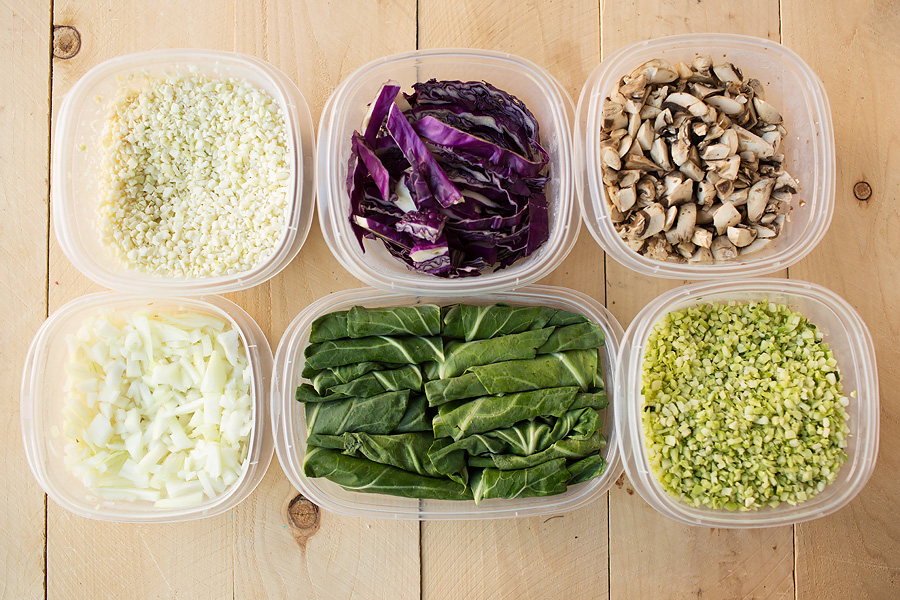
Daily/weekly staples are cauliflower, cabbage, onions, and mushrooms. These are highly important on my protocol because they are sulfur rich. Sulfur rich vegetables are high in antioxidants and B vitamins. More importantly for me specifically because of my medical conditions, foods high in sulfur help nourish the cells and mitochondria. It helps synthesize protein for producing collagen which is what actually makes up our connective tissues. In addition, sulfur is also wonderful for joints, hair, skin, and nails.
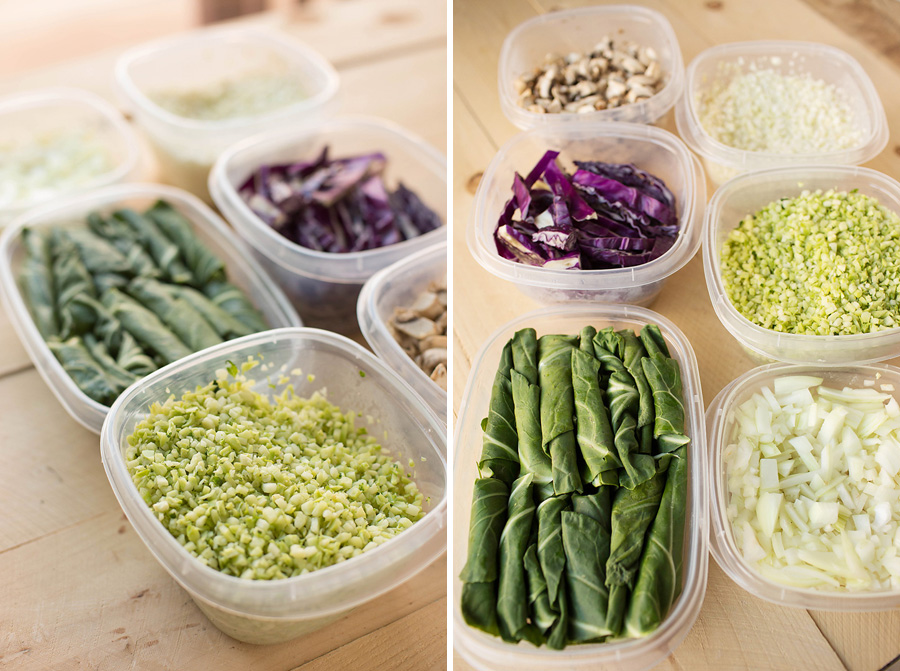
Greens are the main vegetables that I rotate for the reasons I mentioned above. One week I may do kale and chard and another week I will do bok choy and collards. This allows my meals and nutrients to stay varied. On this particular week I did:
- collard greens (used as wrappers/tortillas and in my veggie sushi)
- riced cauliflower & broccoli (quick stir fry’s and sauté’s)
- red cabbage (1/2 is used for salads and 1/2 is used for homemade sauerkraut)
- onions and mushrooms (quick stir fry’s, sauté’s, and omelettes)
For the bulk of my vegetables on this week I chose chard and bok choy and like I said previously cabbage and celery are daily staples. Celery is awesome on keto because its super low carb, crunchy, and satisfying. I slather it with homemade pate, use it in salads, or eat it plain as an on the go/in my purse snack).
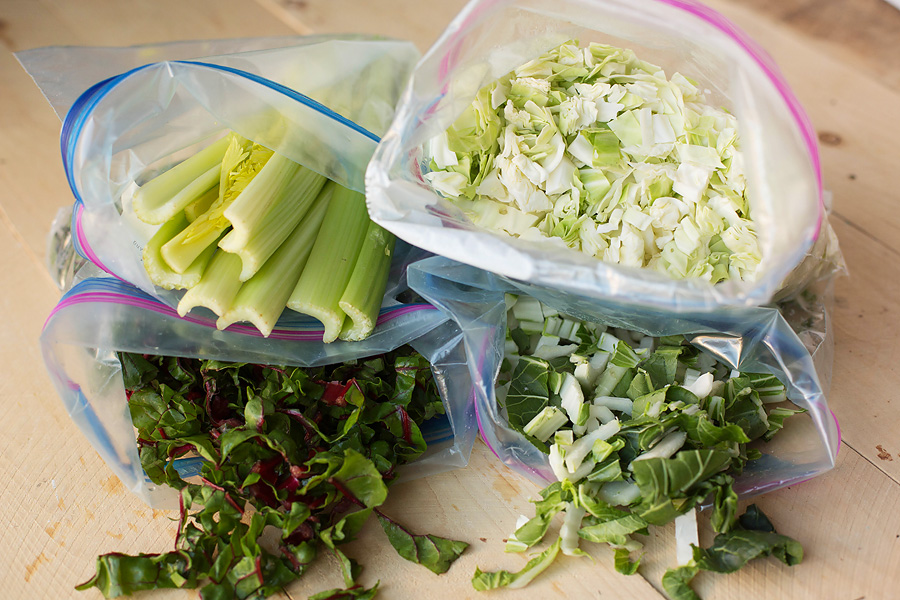
PREPPED PROTEINS
Each week I like having at least 2 proteins ready to go. I do one raw/uncooked that is weighed out (2-4 ounces) and either just put into meatballs or flat patties for quick burgers (bun less of course) that I can saute or throw into a stir fry. Then I do 1-2 precooked options that works out great when I’m either not feeling well or busy can’t spend the time cooking. On this particular week, I did a simple shredded chicken and a pulled BBQ pork. I also rotate my proteins like my veggies. If I’ve done beef one week, I do bison the following week, and ground lamb after that, then start over. Ground pork or shredded pork will get thrown in here and there if I’m craving it.

Shredded chicken is prepped mainly for my salads, sauté’s and stir fry’s as well as quick meals like quesadillas for the rest of the family. Ground beef/bison/lamb are either made into burgers or thrown into sauté’s with veggies. And pork is usually made into a sandwich (I’ll be sharing my keto bread recipe very soon)!
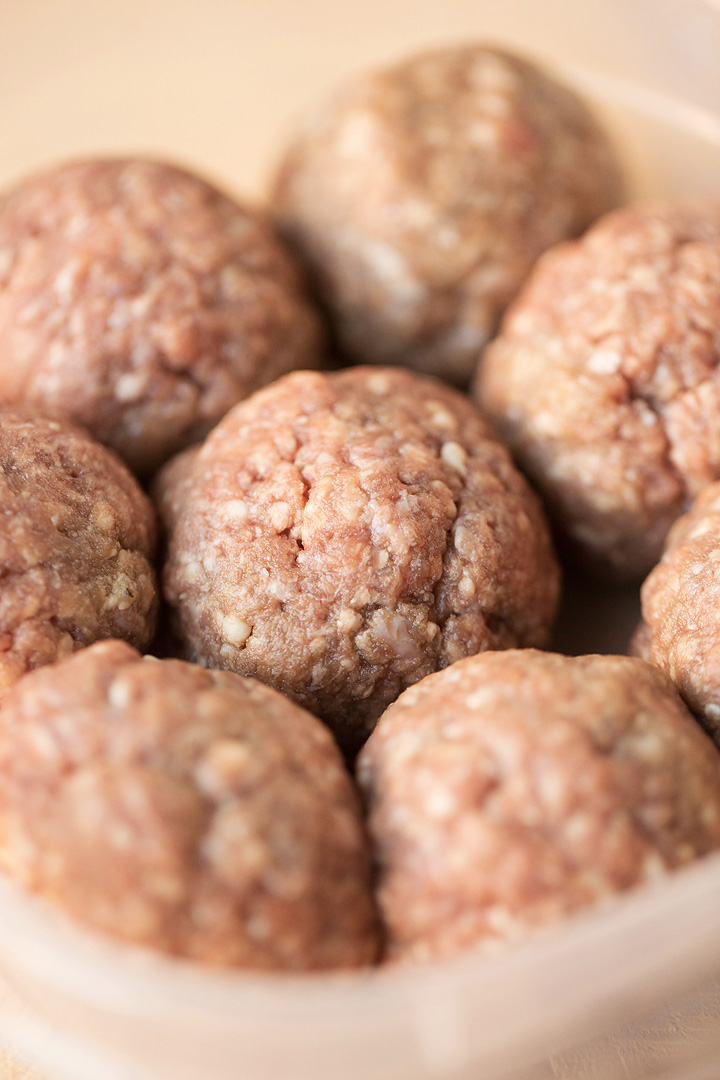
And just because I’m keto now doesn’t mean I don’t bake anymore!!! In all honesty, I think I’ve baked even more the past couple of months! All LCHF (low carb/high fat) and a short list of simple ingredients. Because I’m so limited now with my carb allowance on keto, traditional desserts simply won’t do. Combined with the fact that I am highly sensitive to soy which is in nearly every single packaged food on the planet… baking and making nearly ALL my food from scratch is now key for me… hence how important a little food prep is!
With the holidays just behind us now, these SUPER nutrient dense Double Chocolate Mint cookies were a staple for the whole month of December 🙂 I’ll be linking the recipe as soon as I post!

Let’s bring it all together now….
A few things I didn’t share earlier in the post:
- Because fermented foods are so important on my protocol, I now make a big batch of sauerkraut every few weeks. Never liked it before and still hate store bought or ones in restaurants… but I dig my own! I mainly use red cabbage for the extra “colorful” nutritional benefits. It’s SO easy to make and great to top certain food/dishes with or even just eat alongside your protein and fat.
- I also try to do a sauce of some kind. On this particular week I did my pesto (replaced the parmesan with nutritional yeast in THIS recipe for dairy free) and for the first time in my life, I also attempted to make my own mayo… bacon mayo to be exact. Now I have NEVER liked mayonnaise (kinda like my feelings about sauerkraut). I still think the regular stuff is absolutely disgusting, BUT your own homemade one with BACON? Yeah, thats some good stuff.
- Sole water. This stuff is absolutely VITAL on keto especially when you are first starting out. Those first few days/weeks your body is doing some serious sodium flushing so staying on top of your electrolytes is extremely important. Sole water is simply pink himalayan salt mixed with water. Get a mason jar, add water, add 2-3 tablespoons on pink salt, shake, cover, refrigerate. As you use it, just keep adding more water and pink salt until it stops dissolving, there should be very little to no salt particles left. It will also be a very very pretty shade of pink 🙂 As you are adapting, if you feel a little “off” or have a headache, nauseous, lightheaded, feeling heart palpitations… add 1 tsp of the solution to a glass of water. Those issues will resolved themselves with 5-30 minutes! You can also add this solution to food you are cooking like sauté’s, in your water (I’ve seen may people use water/apple cider vinegar/and sole water as a drink option).
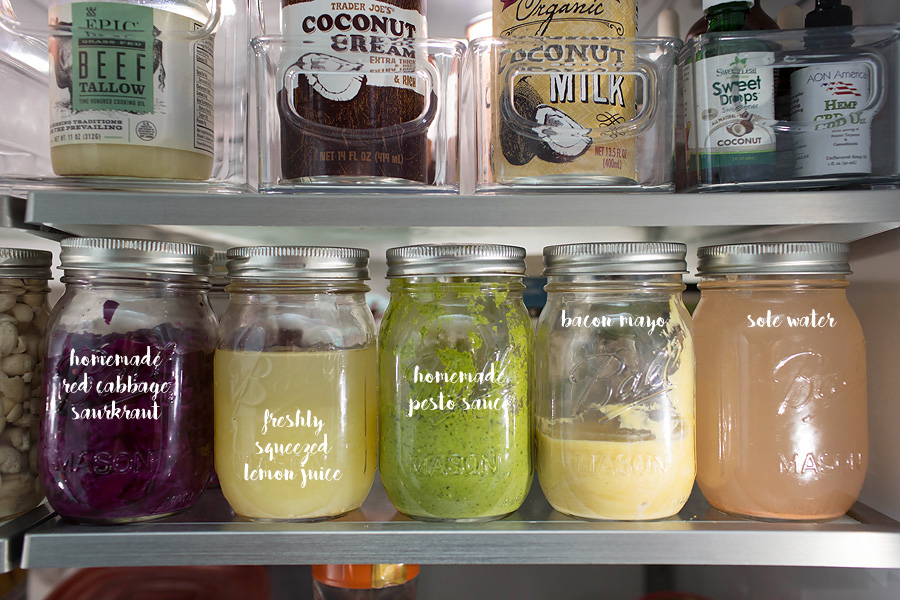
Never in a million years did I ever think I would have beef tallow in my fridge, let alone a staple for fat for myself. Last year and all of my life, I would have called that disgusting. Nope, not anymore. LOVE these fats and my first choice for sauté’s and stir fry’s!
Coconut milk and coconut cream from Trader Joe’s are a daily staple for me as well now. I use them in my decaf, tea latte’s, smoothies, desserts, and on many nights scooped right out of the can mixed with a few drops of stevia… OMG, so delicious. If you whip it up its like a mousse or pudding. Delicious, perfectly keto, and a staple on the Wahl’s protocol!
Stevia… basically the only sweetener I use now. The only brand I have every found to be pure stevia and not taste like crap is Sweet Leaf. I’ve been using this brand for YEARS now. Most other stevia you find at the store have extra ingredients like vegetable glycerine, dextrose, maltodextrin, etc. Sweet Leaf is PURE stevia and comes in a big variety of flavors. My favorites are plain, lemon, English toffee, vanilla cream, and peppermint mocha (mainly around the holidays)!
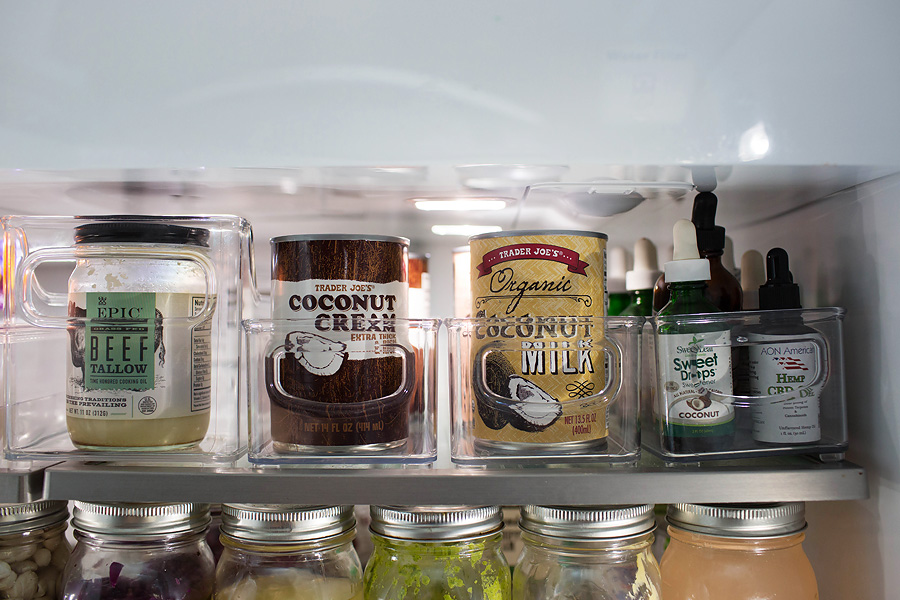
Extra lemons, my limes, and some fruit for the rest of the family that has been washed and ready to eat and nuts that are soaking overnight that will get roasted off the following day…
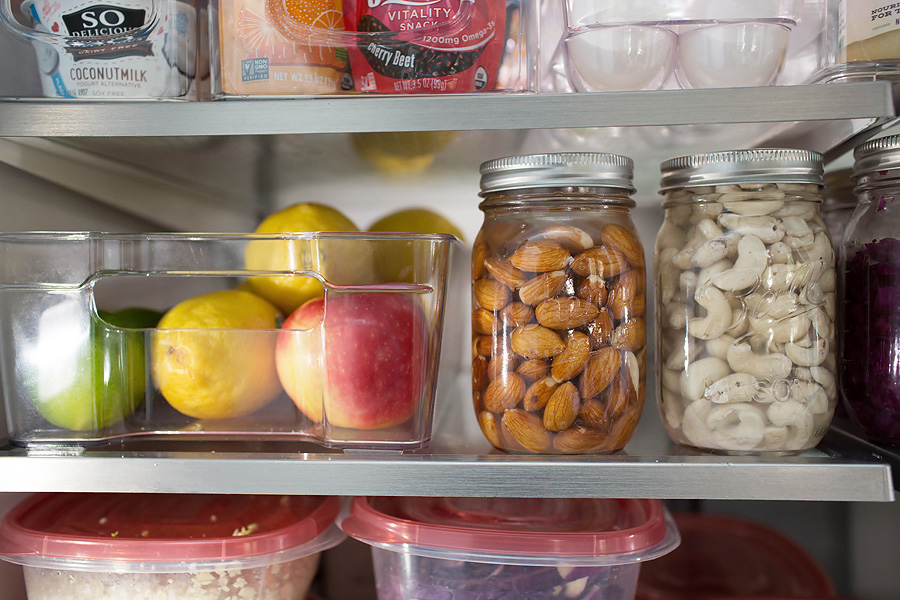
My veggies and proteins stored, stacked, and ready to go…
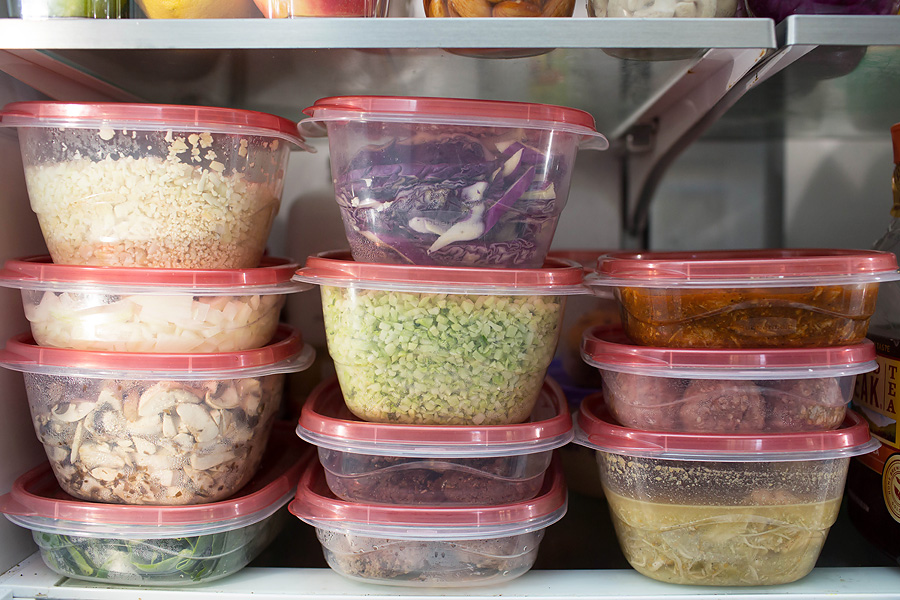
Remaining veggies that were cleaned, stored in large zip locks and accessible for meals throughout the week!

And just like that my fridge is loaded and the week is off to a smashing start! The couple of hours I spend prepping all of this is worth its weight in gold. Not only does it save time EVERY other day of the week, but it also helps me stay on track which was especially important the first couple of months of my keto transition. No being hungry and thinking “What in the world can I eat” or “I don’t have time to prep something AND cook it right now”. I can either grab and go… throw the veggies and cooked proteins into a bowl, top with extra fat like olive oil or homemade sauce, and bam… SIMPLE keto meal done in under 30 seconds OR if I have the time to cook something fresh I just add some fat to my pan, sauté the precut veggies with the raw proteins or eggs, throw on some homemade kraut and ghee, and a fresh meal is ready for me in under 5-7 minutes.
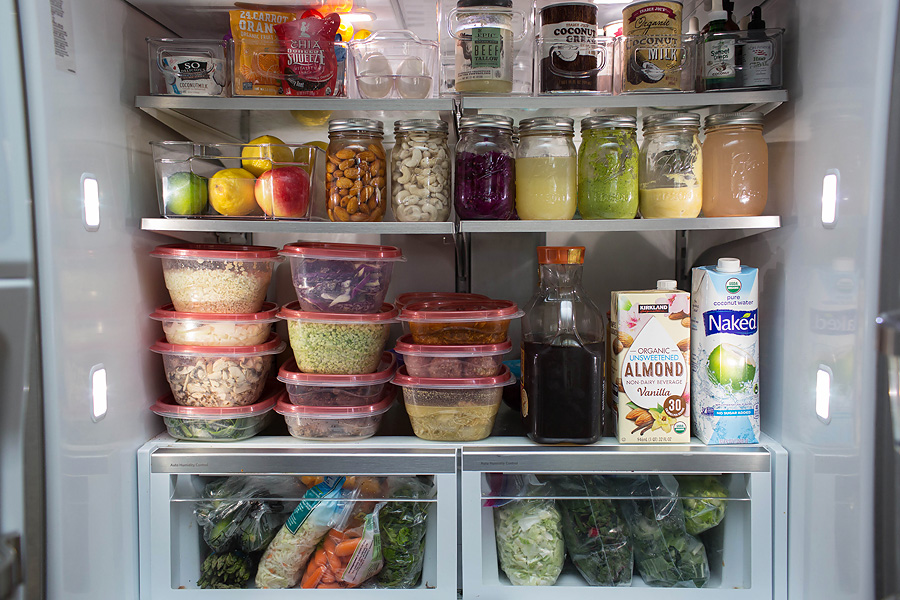
My choices and food options have changed dramatically, but one thing remains…. this girl LOVES to eat AND its dangerous to keep me waiting! Being stocked, prepared, and able to eat at the drop of a hat is priceless!
And after having this blog now for years, I have finally joined Facebook!!! Lots of daily keto & lifestyle inspiration, ideas, food finds, and tips will be shared this year. Come keep me company, ask questions, give me ideas for articles, share your own tips… I won’t bite 🙂
MY FAVORITE FOOD & MEAL PREP SUPPLIES

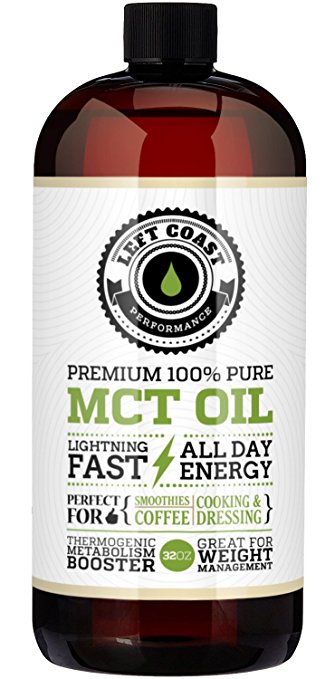
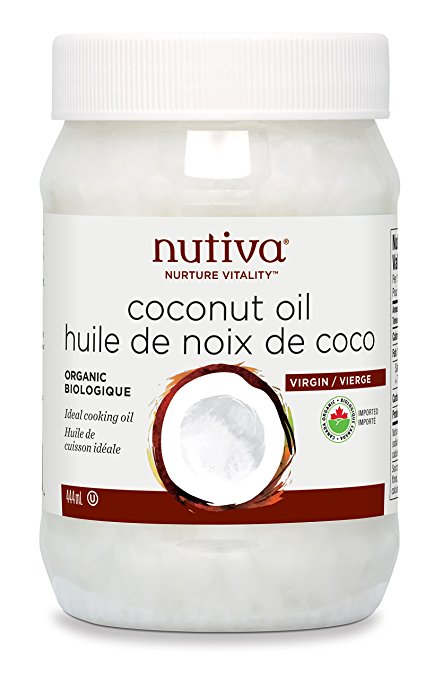
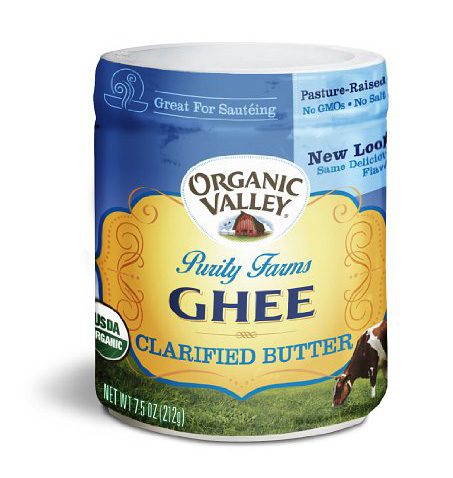
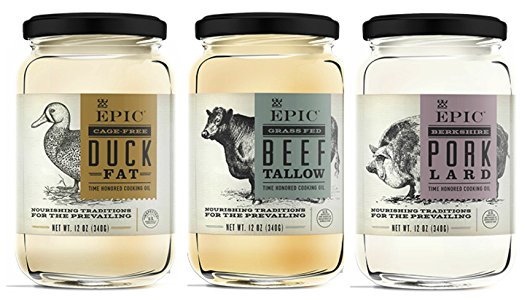





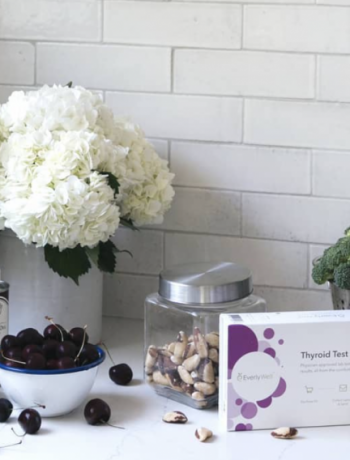

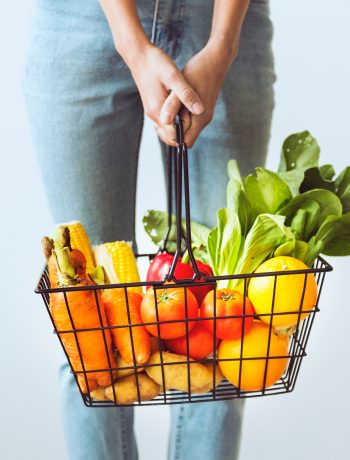
12 Comments
Gretchen
January 7, 2017 at 12:17 amHave you tried Coyo Coconut yogurt yet? It is AMAZING…so creamy and good. Their plain is my favorite and really versatile because it can be used as sour cream, in smoothies, sweetened with stevia, etc. I can only find it at Whole Foods and when I see it I buy 6 tubs of it!
corina
January 8, 2017 at 6:12 pmIn some ways I wish that whole foods was closer… then I think about all our money going away LOL! I tried making a batch of my own coconut milk yogurt and rate it at about a 6 or so. Going to try another batch this week though, crossing my fingers I can get it just right!!!!
Theresa
January 7, 2017 at 1:56 pmHave you tried coconut milk chia pudding? i love it– it’s higher in fat for me to get my healthy fats in, but it might be perfect for you! 3 cups coconut milk, 1/2 c chia seeds, 1/2 c shredded unsweetened coconut, 1/2 c walnuts, 1 tsp vanilla extract, 2-3 Tbsp agave nectar, 1 apple, shredded, 1 teaspoon apple pie spice (recipe: 2T cinnamon, 1 tsp nutmeg, 1/2 t allspice, 1/2 tsp ginger). Mix all ingredients together and refrigerate overnight. Check it out– I like it thicker, so sometimes I add less coconut milk 🙂
corina
January 8, 2017 at 6:10 pmOh yes my dear! Chia seed pudding has been a staple for years now! Most of the time I use unsweetened cashew or coconut milk, but now I do a mixture of full fat also 🙂 I do it in batches and then put them in little mason jars!!! Thanks for the recommendation!!!
APRIL
January 15, 2017 at 4:47 pmHi Corina, could you share your bacon mayo recipe? I am SO appreciative of your blog too!! I’m new to the GAPS diet and your info is helping tremendously! Thank you so much for sharing your journey!!!!
corina
January 15, 2017 at 4:55 pmhi April! I’ll be sharing the recipe soon actually… its a new staple for me! Stay tuned!!!
Amy
April 28, 2017 at 2:36 amI just ordered MCT oil and vanilla bean ghee for coffee
me
November 3, 2017 at 7:01 pmLove your blog:) subscribed
Megan rogalski
June 4, 2018 at 10:06 pmHi Corina
Love your blog and I am using it to start easing into Keto. I don’t have a chronic disease but am always suffering from bloating and diarrhea etc, headaches and inflammation all over. Ready for that to go away! I was curious if Keto has to be Dairy free? I k ow yours is but wasnt sure if thats for Keto in general. Thanks!
corina
July 5, 2018 at 9:39 pmI choose to be mainly dairy free to reduce as much inflammation as possible. If I do have dairy, it is raw, organic, etc. to reduce the amount of hormones and antibiotics. Hope that helps!
Rachel Carmona
July 10, 2018 at 12:55 amI found you on YouTube and I love your channel!
Annette Zammit
October 4, 2018 at 8:26 pmHi Corina,
I’m lactose intolerant and therefore cannot eat cheese, milk etc.
Can I still do KETO Diet ?